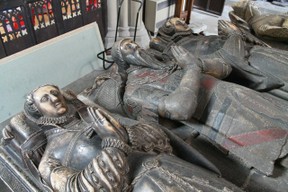 Tudor aristocrats appear to stride larger than life from the history books, and Baron Vernon was no exception.
Tudor aristocrats appear to stride larger than life from the history books, and Baron Vernon was no exception.
Sir George was nicknamed The King of the Peak during his life-time, because of his lavish life-style and tyrannical discipline. He seemed to own half of Derbyshire, at least as far as the Peak District was concerned; but also parts of Shropshire, Cheshire and Westmorland too.
Those in favor with him would find themselves in the receiving hand of his great generosity. They could be invited to huge, extravagant banquets and balls. He never stinted on ordering the best of anything, but he had the wealth to support it.
Yet those without power, nor recourse to a voice, had much reason to fear Baron Vernon. There are three separate occasions on record, where he ordered people hanged on charges amounting to mere accusation. He didn't believe in trials for the little people.
Sir George was known in royal quarters too. Henry VIII made him a baron; and he was present at the coronation of Edward VI. There he added the 'Sir' to his name, when the boy king made him a knight of the realm.
But Sir George was no friend to Catholic Mary Tudor. When she attempted to enforce a loan of £100 from all the aristocrats in England, he refused to pay the money. His seat at Haddon Hall, near Bakewell, remained resolutely Protestant, even as Queen Mary tried to return her nation back to Catholicism.
Thomas Bentham, Bishop of Coventry, and leader of the Protestant Underground during those times, called Baron Vernon, 'a great justice [in] religion as in all other things'. It all paid off, once Queen Elizabeth I took the throne. Now Sir George was considered a very loyal and noble subject in his staunch Protestantism.
Yet that unwavering, hardline stance posed a bit of a problem for his daughter. Dorothy Vernon fell in love with a Catholic.


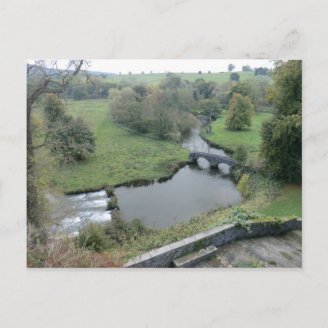
 Tudor aristocrats appear to stride larger than life from the history books, and Baron Vernon was no exception.
Tudor aristocrats appear to stride larger than life from the history books, and Baron Vernon was no exception. 

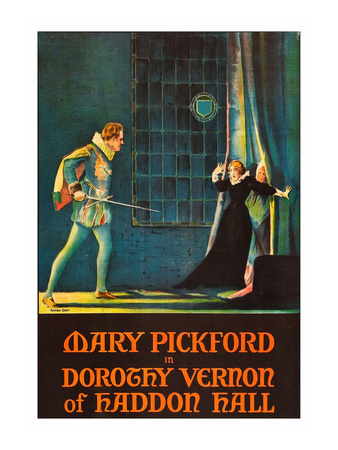

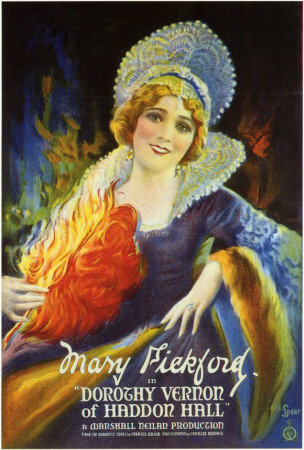
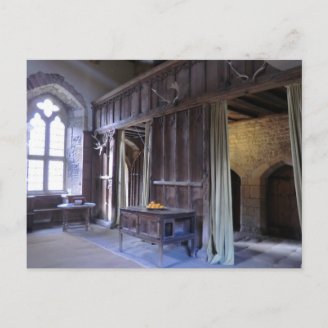


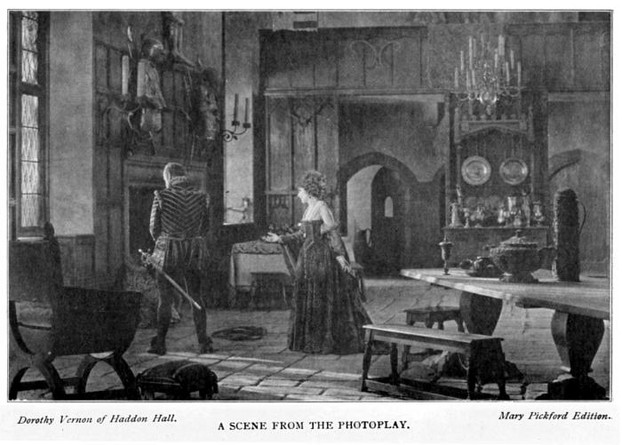
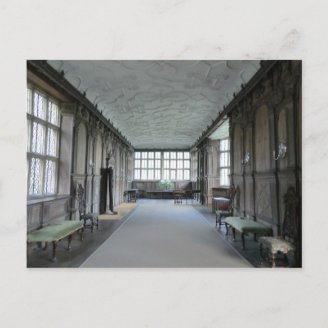
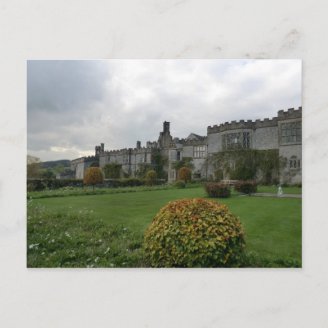
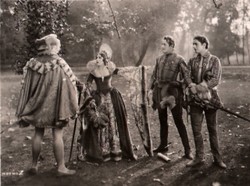

 St Tydecho's Churches in West Waleson 09/03/2014
St Tydecho's Churches in West Waleson 09/03/2014
 Goodies for an Outlander Premiere Partyon 03/06/2015
Goodies for an Outlander Premiere Partyon 03/06/2015
 Holocaust Memorial Day Interview with Rainer Höss, Grandson of Rudolf Architect of Auschwitzon 01/24/2015
Holocaust Memorial Day Interview with Rainer Höss, Grandson of Rudolf Architect of Auschwitzon 01/24/2015
 Romantic Valentine Gifts for an Outlander Fanon 01/16/2015
Romantic Valentine Gifts for an Outlander Fanon 01/16/2015

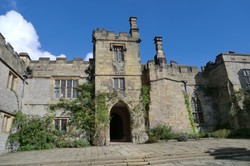
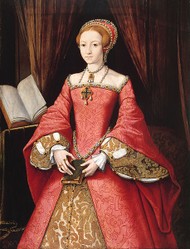
Comments
Ah! Thank you very much. :D
My web site contains my book that may be downloaded free of charge "Dorothy Vernon of Haddon Hall" which is the result of careful research and describes the "Elopement", how it began and what the probable cause of the legend is. To make a long story short, John Manners sister was married to the powerful Earl of Shrewsbury who coerced Sir George Vernon to allow the marriage. Sir George favored Dorothy's cousin John Vernon to keep the Vernon name alive. Go to www.haddon-hall.com
Ah! So it was all fiction! That's quite amusing. What really happened?
An interesting compilation from many sources about the legend of the elopement of Dorothy Vernon. Real historical people, but the elopement story was made up by caretaker William Hage of Haddon Hall and told to author Allan Cunningham during a visit in 1822. This began the flood of poems, stories and novels throughout the nineteenth century.
A modern day retelling,you mean? There were a couple of novels about it in the early 1900s. It was huge then!
What a lovely story! I hope that someone writes a new novel about it!
It's well worth two visits, as you well know!
ive been here, its a beautiful place. i wish i had known the story when i was there,. Im going to have to go back now
There's certainly interest here. I'm looking forward to reading your article on it. :)
I will review if there is interest. Merlin Stone discusses how women in Crete, and the Middle East, no less, could sign contracts, property ownership passed to the daughters, etc. It appears when Abraham came onto the scene, Christianity gave the power to the men. I knew as a Wiccan you would be interested!